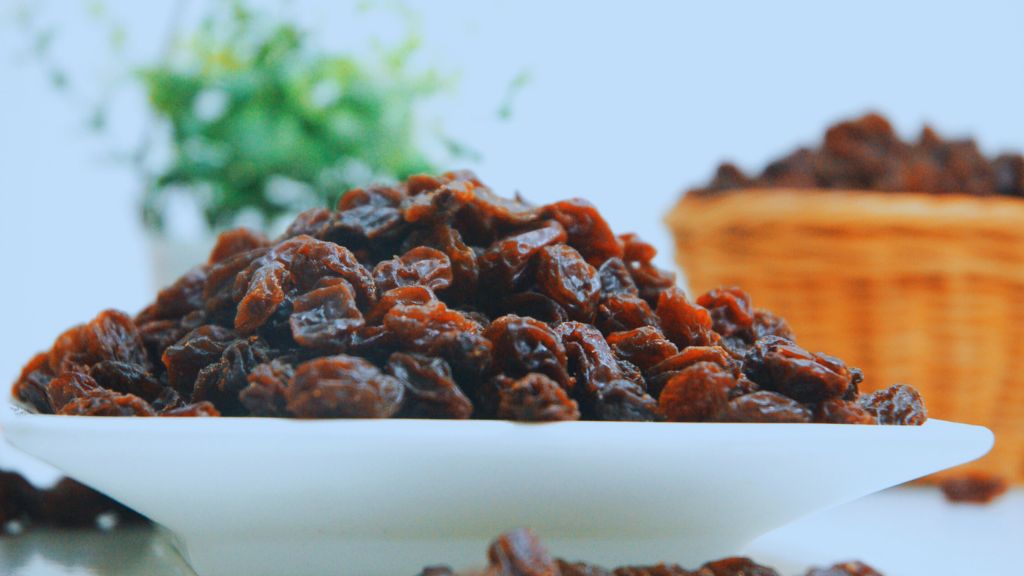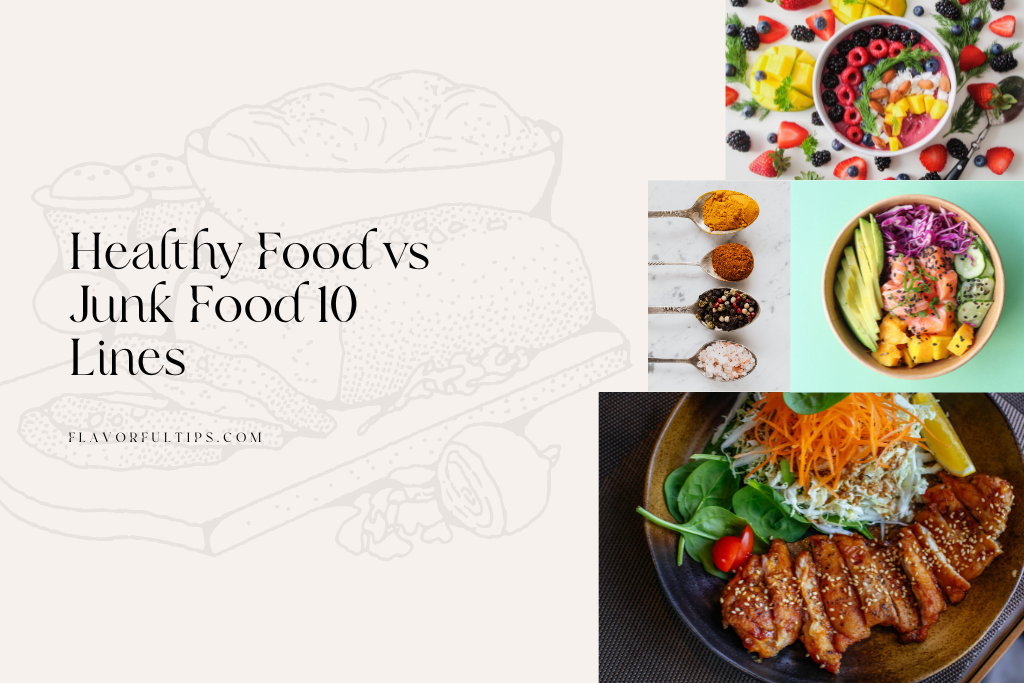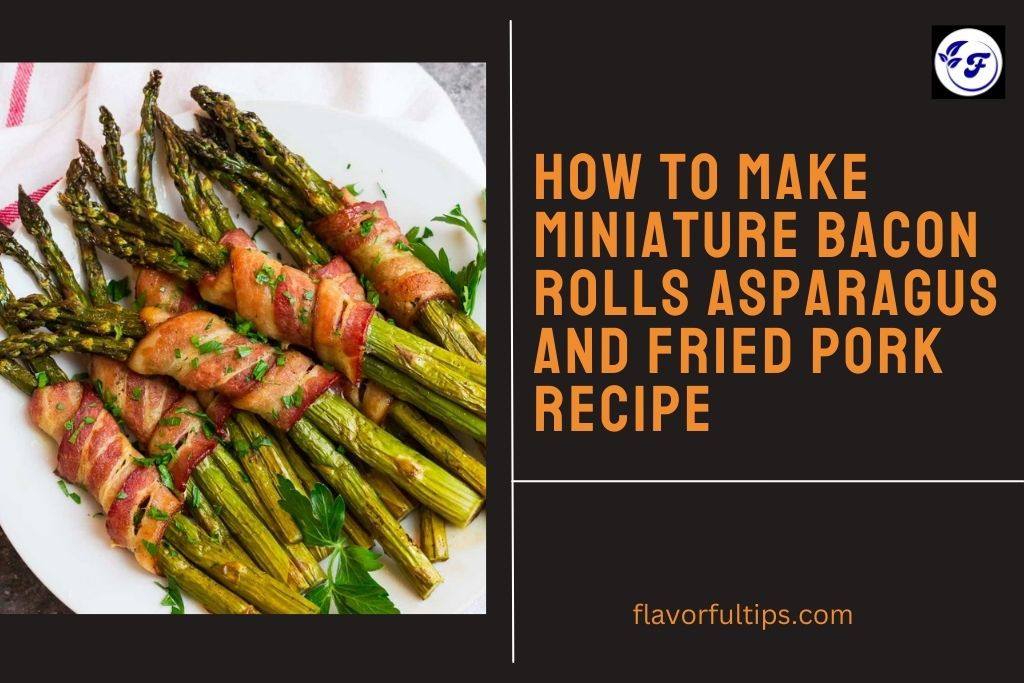Have you ever wondered what the difference between sultanas and raisins and currants? They might look similar and be all types of dried grapes, but they each have unique characteristics and uses. Understanding this important difference can help you choose the right one for your recipes and snacks.
This blog will break down the important differences in the simplest way possible, so you can easily remember and use this information. Whether you’re baking, cooking, or just enjoying a healthy snack, knowing about sultanas, raisins, and currants will come in handy!
Difference Between Sultanas And Raisins And Currants
What Are Raisins?
Raisins are dried grapes. They are usually made from a type of grape called Thompson Seedless. When grapes are dried, they shrink and become sweet and chewy. The drying process can be done naturally in the sun or in drying machines. Raisins are dark brown in color and have a rich, sweet flavor. They are often used in baking, cooking, and as a snack.
Key Points About Raisins:
- Made from Thompson Seedless grapes
- Dried naturally or in machines
- Dark brown color
- Sweet and chewy
- Common in baking and cooking
Also read: How Much Apple Cider Vinegar Should I Drink to Lose Weight
What Are Sultanas?
Sultanas are also dried grapes, but they are usually made from a different type of grape called the Sultana grape, also known as the Thompson Seedless grape in some regions. The main difference between sultanas and raisins is the drying process. Sultanas are often treated with a solution called potassium carbonate and then dried more quickly than raisins. This process gives them a lighter color and a plumper texture. Sultanas are also sweeter and juicier than raisins.
Key Points About Sultanas:
- Made from Sultana grapes
- Treated with potassium carbonate
- Dried quickly
- Light golden color
- Sweeter and juicier than raisins
What Are Currants?
Currants are different from sultanas and raisins. They are made from a smaller type of grape called the Black Corinth or Zante grape. These grapes are tiny and dark, almost black. When dried, currants become very small, dark, and have a tangy flavor. They are not as sweet as raisins or sultanas. Currants are often used in baking, especially in recipes like scones, cakes, and pastries.
Key Points About Currants:
- Made from Black Corinth or Zante grapes
- Small and dark
- Tangy flavor
- Not as sweet as raisins or sultanas
- Common in baking
How Are They Used?
All three—raisins, sultanas, and currants—are used in similar ways in the kitchen, but their unique flavors and textures can make them better suited for different recipes.
Raisins:
- Add to cereals and oatmeal
- Use in baking cookies, cakes, and bread
- Mix into salads
- Eat as a snack
Sultanas:
- Great in fruit cakes and puddings
- Mix into muesli and granola
- Add to savory dishes like curries
- Use in baking for a sweeter flavor
Currants:
- Perfect for scones, muffins, and pastries
- Use in traditional recipes like Christmas pudding
- Add to salads for a tangy twist
- Mix into rice dishes
Nutritional Differences
While all three types of dried grapes are nutritious, there are some slight differences in their nutritional content.
Raisins:
- High in natural sugars
- Good source of fiber
- Contains iron and potassium
- Rich in antioxidants
Sultanas:
- Similar nutritional profile to raisins
- Slightly higher in sugar due to the drying process
- Also a good source of fiber, iron, and potassium
- Rich in antioxidants
Currants:
- Lower in sugar compared to raisins and sultanas
- High in fiber
- Good source of iron and potassium
- Rich in antioxidants
Choosing the Right One
Choosing between raisins, sultanas, and currants depends on your recipe and personal preference. Here are some tips to help you decide:
- For Baking: If you want a sweet and moist addition to your baked goods, sultanas are a great choice. Raisins work well too, especially in cookies and bread. Currants are perfect for traditional recipes like scones and Christmas pudding.
- For Snacking: Raisins and sultanas are both excellent for snacking. They are sweet, chewy, and easy to carry with you.
- For Cooking: Sultanas can add a sweet touch to savory dishes like curries. Currants can provide a tangy flavor to salads and rice dishes.
Fun Facts
- Raisins have been around for thousands of years. They were used in ancient Egypt, Rome, and Greece.
- Sultanas are sometimes called “golden raisins” because of their light color.
- Currants are named after the Greek city of Corinth, where they were first grown.
Storage Tips
To keep your dried fruits fresh and tasty, store them properly:
- Keep Them in a Cool, Dry Place: Dried fruits can last a long time if stored in a cool, dry place. A pantry or cupboard works well.
- Use Airtight Containers: Store raisins, sultanas, and currants in airtight containers to keep them from drying out or becoming too moist.
- Refrigerate for Longer Storage: If you want to keep your dried fruits fresh for several months, store them in the refrigerator.
Conclusion
Understanding the differences between sultanas, raisins, and currants can help you make better choices in the kitchen. Each type of dried grape has its own unique flavor, texture, and best uses. Raisins are dark and sweet, sultanas are light and juicy, and currants are small and tangy. By knowing these differences, you can enhance your recipes and enjoy these tasty treats even more.



